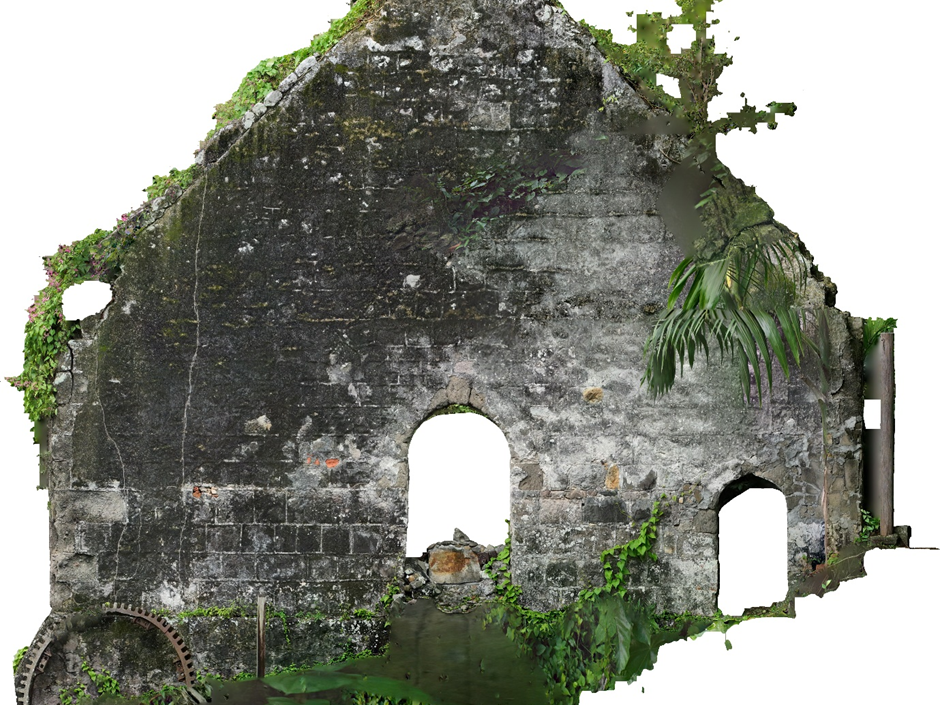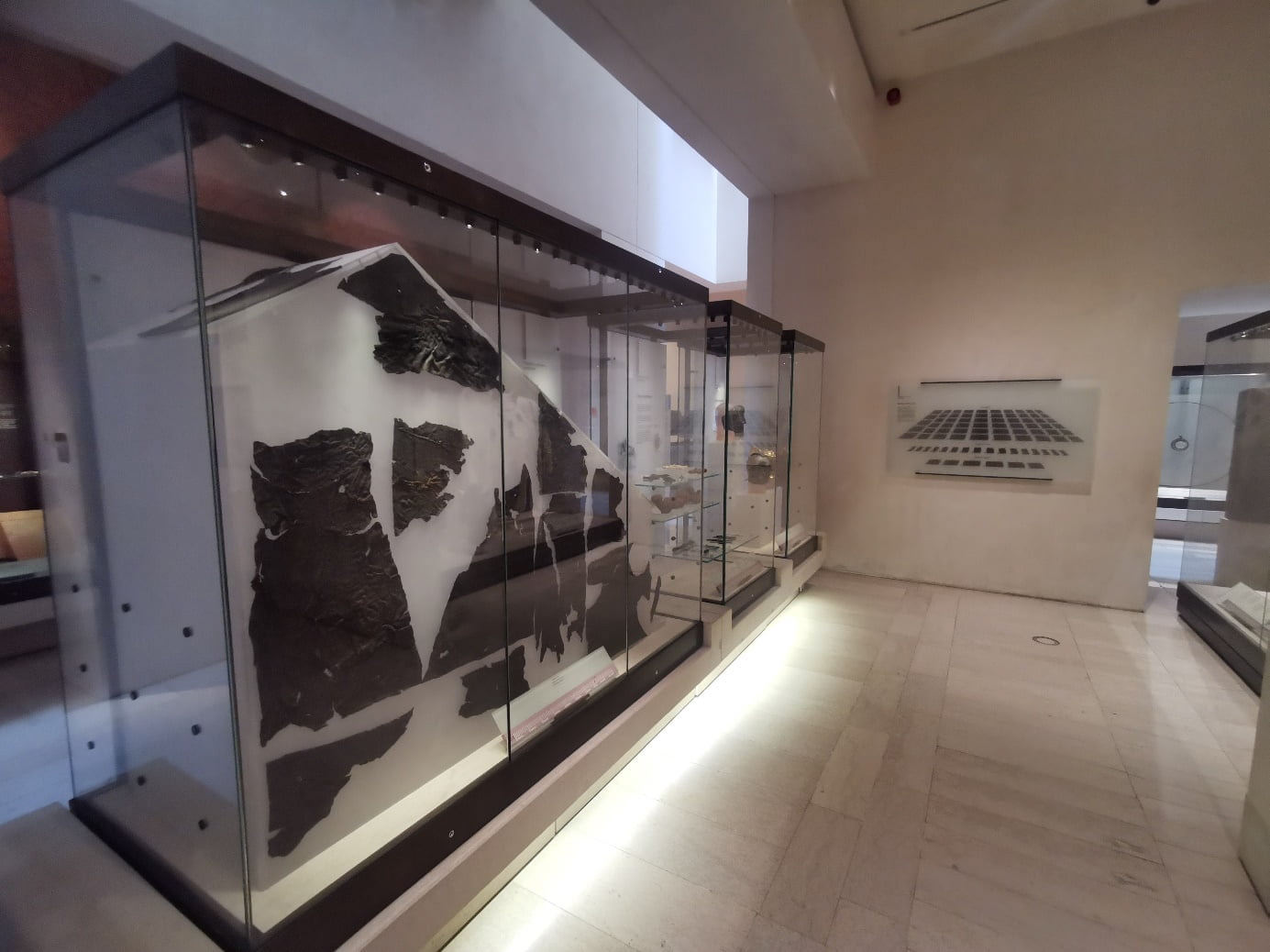Introduction
The recovery, reporting, and safeguarding of 'stray finds' is an important issue for museums and other cultural institutions. Stray finds are objects that have been found in the environment, often by members of the public, and are of potential archaeological, historical, or cultural value. The responsible parties need to have clear and well-defined systems in place. These systems should consider the potential value of the finds, the rights of the finders, and the need to protect and preserve cultural heritage and allow for further research and analysis.
One key consideration in the development of these systems is the question of whether or not finders should be rewarded. On the one hand, providing a reward for recovering valuable antiquities could incentivise people to report their findings, which could help ensure that they are adequately safeguarded and preserved. On the other hand, offering rewards could create a financial incentive for people to intentionally seek out valuable items in order to claim the reward, which could lead to the exploitation of archaeological sites and the destruction of cultural heritage.
The detectorist community is highly diverse. They include regionalists, historians, archaeologists, and hobbyists pursuing their passions, but there is also no shortage of people treating the search for antiquities as a source of income. For this reason, in public opinion, the activity of prospectors is controversial and the subject of many debates. On one side are archaeologists and officials defending the interests of national heritage, who claim that amateur prospectors deprive found objects of their archaeological context, loot archaeological sites and sell off their finds (Figure 1). On the other hand, many history enthusiasts, often grouped in societies, argue for their particular role in saving the traces of the past that constitute the national heritage. (Suzie, 2009)
The laws and regulations governing treasure hunting and the protection of cultural heritage can vary from country to country, depending on various factors, including the country's history, cultural traditions, and legal framework. In some countries, treasure hunting may be strictly regulated, with strict penalties for those who engage in it without proper authorisation. In others, it may be more loosely regulated, with a greater focus on promoting public access to and enjoyment of cultural heritage. For discussion, two differing heritage protection systems from the UK and Poland will be described, outlining the extent of recovery, reporting, protection of the antiquities and the issue of finder's compensation. Comparing the two systems should give a better insight into the legal protection of artefacts and their boundaries.
2. Legal issues in the UK
The 1996 Treasure Act regulates the reporting of found treasure. The Act sets out in precise terms what findings are reportable. Treasures over 300 years old and containing at least 10 per cent precious metal and other prehistoric objects must be reported, regardless of material. For coins older than 300 years, the treasure must be reported if at least two gold/silver coins or at least ten coins of the base material are found. (Treasure Act, 1996) Other items are exempt from notification; the finder can keep them without risking a legal problem. The British explorers' associations encourage reporting all finds for statistical purposes. (Lewis, 2017)
The report of a finding must be made within 14 days to the local coroner - that is, the person who acts as an expert in British court. The report can be made in person, by telephone, fax or any other available means. Contact details for local coroners can be obtained by contacting the local police station. Alternatively, it is possible to bring finds to the local museum or NIEA headquarters (Northern Ireland). If museum staff determine that the find may be treasure, they will report it to the local coroner on behalf of the finder. (NCMD, 2021)
Despite the liberal approach to treasure hunting, the law is firm against people who conceal the finding of treasure. Those who act unlawfully face a hefty fine and a prison sentence. The fine is £5,000 in most cases. In the case of a prison sentence, it is three months. (Treasure Act, 1996)
If the find is recognised as a treasure and the museum wishes to preserve it - in most cases, the finder will receive the total market value of the find. In addition, whether the found treasure was excavated by the finder himself or with archaeologists after the find was reported is irrelevant. It will be different if, during the exploration, the archaeologists make further discoveries - in that case, the finder is entitled to be paid only for the found part of the treasure. (Treasure Act, 1996, art. 10)
The valuation is carried out independently and objectively by the Treasure Valuation Committee. The finder may appeal against the valuation. If the finder has the agreement of the owner of the site without arrangements for the possible distribution of the prize, then the finder will be able to keep the prize in full. If the landowner's agreement differs, the museum pays the reward in the respective proportions. If, on the other hand, the finder has not had the landowner's permission to search, then the landowner is entitled to the reward in full. It is, therefore, advisable to have the consent in writing. A 50:50 split of the reward between the finder and the site owner is most common, and the reward is usually paid out within a year of notification - this may be extended in the case of more significant finds. If the museum does not wish to keep the find, it must return it to the finder within six months - in the case of a single item; this is three months. (NCMD, 2021)
3. Legal issues in Poland
The starting point for the considerations related to the discussed issues is the Act on the Protection and Care of Historical Antiquities of 23 July 2003 (after this referred to as the APC), amended by the Act on the amendment of the Act on protection and Care of Historical Antiquities of 22 June 2017. According to Article 36 p.1 of the APC, the search for hidden or abandoned movable relics, including archaeological relics, using any electronic and technical devices and diving equipment requires a permit from the Voivodship Conservator of Antiquities (after this referred to as the VCA). An ordinance of the minister responsible for culture and national heritage protection determines the procedure and conditions for issuing permits under the statutory delegation. (ISAP, 2003)
Under the Regulation, an application for a prospecting permit is submitted to the VCA with jurisdiction over the location or storage of the antiquities. It should include the name, surname and address or the name, registered office and address of the applicant; the indication of the place of searching for artefacts; the indication of the expected date of beginning and end of the exploration of artefacts; and the justification of the application. It must also contain the data of the person in charge of the search for the artefacts or who independently conducts the search. Unlike archaeological research, however, the legislator does not indicate any additional criteria for such a person. (ISAP, 2003, art. 5)
Along with the application, it is necessary to submit a prospecting schedule, a document confirming the applicant's legal title to the use of the property, or the consent of the owner or holder of the property. In the case of prospecting on the territory of a national park or a nature reserve, the approval of the director of the national park or the regional director of environmental protection is necessary. Furthermore, proof of stamp duty payment should be enclosed. (ISAP, 2003, art. 9)
Exploration permits are granted to the applicant for a specific area, and the expiry date, scope and method of exploration are also indicated. It is worth highlighting that a permit cannot be granted indefinitely, as this would be a flagrant violation of the law. Adding a provision specifying the duration of the permit constitutes a limitation on its binding force, without which it would constitute a basis for undefined behaviour on the part of its addressee. (ISAP, 2003)
It should also be borne in mind that due to the occurrence of new facts and circumstances that may lead to damage or destruction of antiquities, the VCA may reopen the proceedings on an issued permit and then change or revoke it by decision. The Minister of Culture and National Heritage also has such powers. The regulation in question does not provide for the legal form in which the permits of the VCA are to be issued, so in this case, the presumption of the form of an administrative decision should be used. The appeal procedure is also not indicated; therefore, under the Code of Administrative Procedure, an appeal must be lodged with a higher-level authority. Concerning the VCA, this will be the Minister of Culture and National Heritage. (ISAP, 2003, art. 15)
Although from a formal point of view, the procedure for obtaining a search permit is not complicated, only about 100 search permits are issued annually. The nature of this problem is complex, but the impractical definition of antiquities mainly influences it, the complicated and unclear procedure of dealing with found objects, the lack of cooperation between officials and explorers and quite often also the lack of adequate knowledge in this field - not only on the part of the detectorists. As a result, the procedure is used sporadically, and most searches are carried out illegally. (DGP, 2018)
The notion of "antiquities" without further reflection seems intuitive; however, the precise definition of its designations and their characteristics is impossible in everyday language. Therefore, the legislator has formulated a legal definition in article 3 of APC, according to which a antiquities are "an immovable or movable object, parts or complexes, being a work of man or related to his activity and being a testimony of a past epoch or an event, the preservation of which is in the public interest because of its historical, artistic or scientific value" (ISAP, 2003, art. 3). A distinction is made between immovable antiquities, which are real estate, parts of real estate or groups of real estate, and portable antiquities in the form of portables, parts of portables or groups of portables. A particular form of antiquities is an archaeological monument, which the legislator has defined as "an immovable monument, which is a surface, underground or underwater remnant of human existence and activity, consisting of cultural strata and the products or traces thereof contained therein, or a portable antiquities, which is such a product" (ISAP, 2003, art. 3).
Detectorists searching for antiquities should be aware of the various administrative and criminal sanctions that may be imposed on them if they do not comply with generally applicable regulations. Several administrative penalties are indicated in the APC, as well as criminal provisions, which will be applied in the case of non-compliance with the provisions of the APC. For example, it can be indicated here that conducting archaeological research in contravention of the scope or conditions specified in the permit of the provincial conservator of monuments is punishable by a fine of PLN 500 to 500,000 (ISAP, 2003, art. 111). The prospector may also destroy or damage the monument, which is punishable by imprisonment from 3 months to 8 years (ISAP, 2003, art. 108). Exporting monuments abroad, which archaeologists have reported as a significant problem, is punishable by imprisonment from 3 months to 5 years (ISAP, 2003, art. 109).




